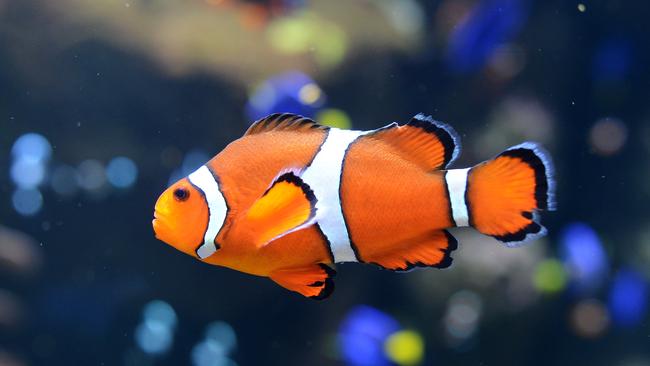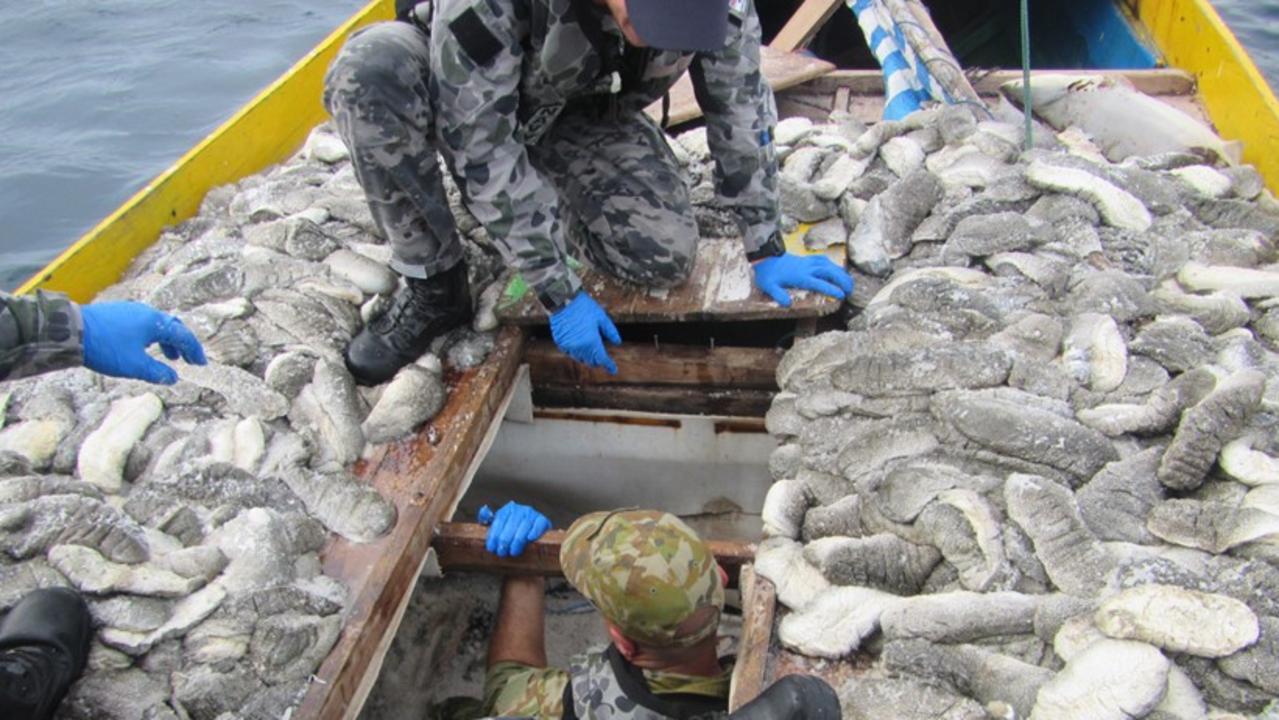Clownfish travel far and wide
CAIRNS: Scientists have revealed just why it may be so very difficult to find Nemo – a baby clownfish has the ability to swim up to 400km in search of a new home.

Fishing
Don't miss out on the headlines from Fishing. Followed categories will be added to My News.
CAIRNS: Scientists have revealed just why it may be so very difficult to find Nemo – a baby clownfish has the ability to swim up to 400km in search of a new home.
A study, co-authored by James Cook University (JCU) researchers, shows the larvae cross large tracts of ocean to find new coral to settle on, making them better able to cope with any environmental changes.
“Knowing how far larvae disperse helps us understand how fish populations can adapt,” said Dr Hugo Harrison from JCU’s Centre of Excellence for Coral Reef Studies.
“The further they can swim, the better they can cope.”
He said the results of the study, released in September, offer insight into the long distances travelled by baby clownfish, which feature in the animation film Finding Nemo.
“In the past we haven’t known where they go, but now we’ve been given a rare glimpse into how far they can swim, crossing large tracts of ocean to find new homes,” Dr Harrison said.
He said the larvae moved about but fully grown clownfish spend their entire adult lives under the protection of one anemone. As part of the international study, researchers collected 400 tissue samples from the only two known populations of Omani clownfish found on two reefs off southern Oman.
By analysing DNA fingerprinting (which reveals which of the two reefs the fish originated from) they found larvae were regularly travelling the 400km between the reefs.
Study co-author Dr Stephen Simpson from the University of Exeter in England said it was the longest distance scientists have been able to track the dispersal of any coral reef fish.
“The findings change our understanding of marine populations,” Dr Simpson said.
“They’re not small and separate as we often assume, rather this research shows they’re often vast and interconnected.”
The study was published in the journal PLoS ONE.


